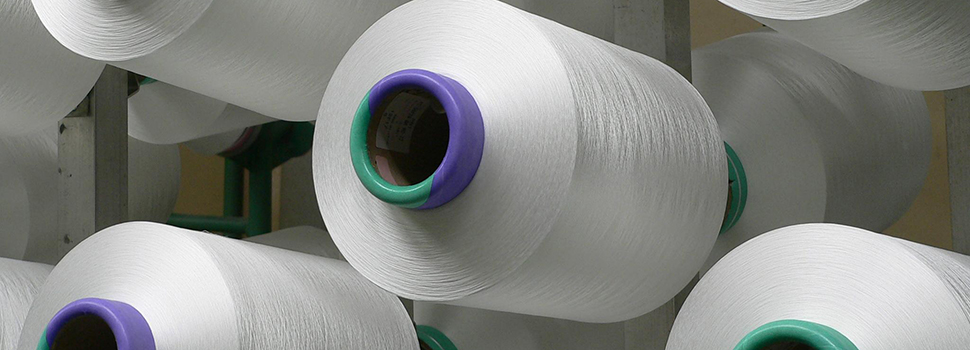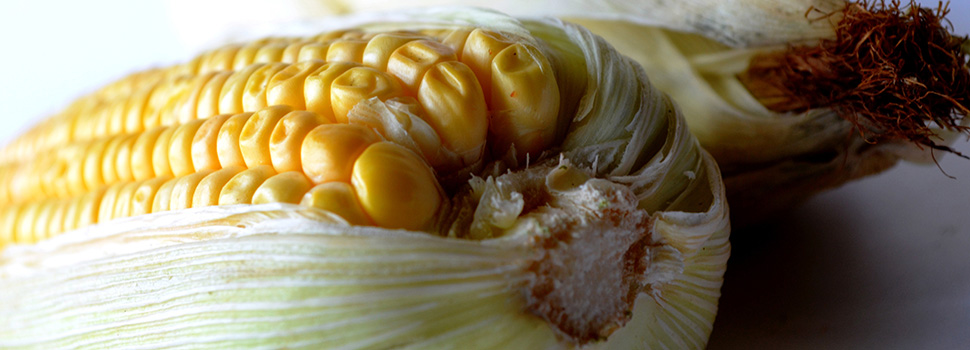SAMBHAV
OVERVIEW
Sambhav Industries
We are one of the oldest business concerns in Dyes & Chemicals providing regular efficient service to our Customers for more than 80 years. Sambhav Industries - with a global outlook is focused on the supply of innovative products sourced from leading manufacturer of Dyes, Colour, Chemicals, Optical Brighteners, Starch & starch derivatives and Gum blends.
Our approach encompasses new products to address specialised needs of our Customers in Textile, Paper, Food & Confectionery and Pharmaceuticals Industries.
Probiotic products for Textile Industry
Sambhav Industries is proud to offer a first in the world technology a range of natural, non-toxic, non-corrosive and 100% bio-degradable chemical replacement products for use in textile processing industry for pre-treatment and dyeing of wool, cotton, cellulose/ polyester fabrics and yarn.
A unique consortium of naturally occurring probiotic microbes have been used in a proprietary fermentation and formulation technology, which results in these Probiotic Products containing a special blend of biochemicals. Although in their manufacture a fermentation process is used, these products are not enzyme based. In addition, they help to reduce Biochemical Oxygen Demand (BOD) and Chemical Oxygen Demand (COD) and are Oeko-Tex (Class 1) certified.
The compounds present in these Probiotic Products deliver unmatched scouring, bleaching & wetting, leveling and soaping results.
The unique features of these products deliver the following benefits:
| 1) Non foaming, hence consume less water - this results in reduced number of baths. | |
| 2) Efficient even at lower temperatures - as low as 40°C - instead of the conventional high temperatures that are required when chemicals are used. | |
| 3) Reduction in consumption of peroxide during bleaching. | |
| 4) Pollute less as they are all-natural, non-toxic and fully bio-degradable. | |
| 5) Results in better quality of end product in terms of excellent fastness and brighter colours. | |
| 6) Work in a broad range of pH, thus removing the need to adjust pH. |
Optical Brighteners, Dyes and Colour
In many manufacturing processes, it is paramount that the end product should appear whiter. To achieve this, manufacturers in the Paper, Textiles, Detergents and Plastics industry use either Optical Brightener Agents (OBA), or Fluorescent Brightening Agents (FBAs) or Fluorescent Whitening Agents (FWAs).
These classes of additives are dyes that absorb light frequencies in the ultraviolet and violet region of the electromagnetic spectrum, and re-emit light in the blue region.
Paper Industry
The paper industry uses various types of OBAs, FBAs, Dyes and Starches at different stages of the manufacturing process for different purposes. In many instances, these additives are often used to enhance the appearance of colour of fabric and paper, causing a "whitening" effect, making materials look less yellow by increasing the overall amount of blue light reflected. Currently, the most common starches used for paper manufacture are from maize, potato, and cassava.
Textile Industry
In the textile industry, starch is used in three main areas: sizing, finishing and printing. Finishing refers to the processes which convert the woven or knitted material to improve the look, performance or feel. Some finishing techniques such as bleaching and dyeing are applied to yarn before it is woven while others are applied to the grey cloth directly.
Approximately 80% of the starch used in textiles is used in sizing where individual fibres of yarn must be shaped or formed into a warp that passes through a sizing solution that coats the surface of the twisted warp. The coated yarn is then heated to dry the size and a beam of warp is ready for weaving.
Foods Industry
Starch plays a leading role in determining the texture of many foods, which is vital to both the consumer and the food manufacturer, as a major factor that governs the acceptability and palatability of most food products. Maize Starch, because of its abundance and low cost, is used wherever its properties are applicable. Maize Starch takes a relatively short time to form a viscous and opaque paste, which has a typical cereal flavour and is widely used for thickening sauces, gravies, puddings and pie fillings. Cornstarch finds numerous uses in the baking industry. Addition of starch makes hard wheat flour preferred for cakes.
Corn starch is used to give proper strength to ice cream cones and sugar water shells. In addition to the above mentioned uses, it finds numerous uses in "dusting" to facilitate certain baking operations. Starch is also used as an inert ingredient in baking powder and also in salad dressing.
Pharmaceutical Industry
Maize Starch is specially manufactured for the pharmaceutical Industry. The major use of starch in pharmaceutical formulation is as a binder & filler for tablets and capsules, coating and dusting media for various types of coating such as sugar and entric coating. It is widely accepted in the areas of dry granulation techniques where the active ingredients are hygroscopic and is difficult to dry after wet binding, Maize Starch has proved as an efficient dry-binder and is specially treated to control bacterial contamination as this affects the shelf life of antibiotic and vitamin formulations.
Starch is also a popular base for adhesives, particularly those designed to bond paper in some form to itself or to other materials such as glass, mineral wool, and clay. Starch can also be used as a binder or adhesive for non-paper substances such as charcoal in charcoal briquettes, mineral wool in ceiling tiles and ceramics before firing. The starches most commonly used for the manufacture of adhesive pastes are maize, potato, and cassava.




